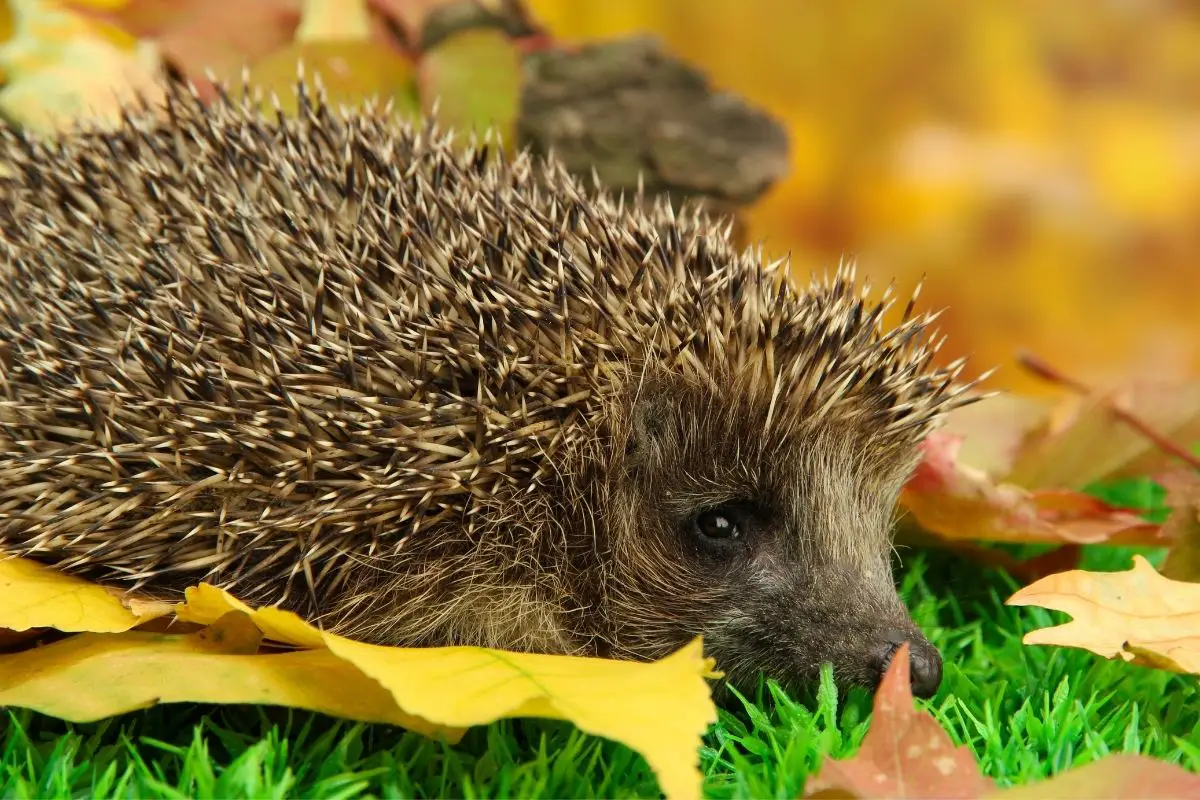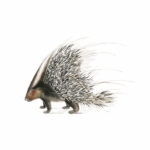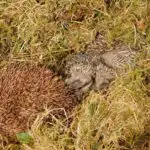Quills are probably the most recognizable features on a hedgehog, but you need to make sure that they are looked after properly.

When something unfamiliar happens to your hedgehog’s quills, you want to make sure that they are healthy and that the quills won’t cause them harm. But what about ingrown quills?
Ingrown quills can be common for a hedgehog, so they must be treated properly to ensure that your hedgehog remains healthy and does not experience any pain.
Your hedgehog may be losing quills and ingrown ones are replacing them, but what can you do to help?
Find out more about ingrown quills and how they can be treated here to keep your hedgehog happy and healthy.
Treating ingrown quills is important when caring for your hedgehog, so find out how they can be treated so that your hedgehog can have strong quills that do not cause discomfort.
What Are Quills?
Hedgehog quills can also be known as spines, and they are similar to the quills that can be found on a porcupine, just not as long.
The quills are made from keratin, which is what human nails are made out of, so they are strong and difficult to remove.
The quills cannot be detached from the hedgehog by themselves and they are not poisonous to touch.
The number of quills on a hedgehog can vary and there can be as many as 5,000 to 6,000 quills on the hedgehog.
Hedgehogs can communicate how they are feeling through their quills and it can be a good indicator to you how they are feeling if you have found one or if they are your pet.
Although the quills can be used in defense, they can indicate whether your hedgehog is happy or angry.
Can Hedgehogs Lose Quills?
When a hedgehog loses quills, it can be worrying if you are unsure why it is happening.
Young hedgehogs commonly lose quills as the baby quills are replaced with larger ones when they reach a certain age.
The quills that the hedgehog develops as an adult are stronger and thicker than the baby quills, so this is a normal process for them to go through.
When an adult hedgehog begins to lose quills, it is uncommon. However, before panicking, it is important to monitor how many quills they are losing.
If your hedgehog is losing a large volume of quills, then this could be the sign of an illness, or if it is only a few quills being lost in a longer time frame, this is usually nothing to worry about.
If you are ever concerned about your hedgehog losing quills, you should contact a veterinarian and they will be able to offer you advice.
They will also be able to take a look at your hedgehog and determine if there is anything wrong.
What Are Ingrown Quills?

Hedgehogs may experience ingrown quills when they shed quills and develop new ones.
If the new quill is slightly bigger than the hole it has to grow through, this can prevent the quill from growing, causing ingrown quills.
This can cause your hedgehog a lot of pain and discomfort, so it is important to keep an eye out for any ingrown quills and signs that your hedgehog is in pain.
Are Ingrown Quills Dangerous?
Ingrown quills can be common for hedgehogs to experience and they can sometimes be dangerous if they are left untreated.
Usually, the ingrown quill can be reabsorbed by the body and the issue can sort itself out. However, this is not always the case, especially if the reabsorption process is taking too long.
If the ingrown quill does not become reabsorbed quickly, your hedgehog could develop an infection.
If the infection is left untreated, it could cause problems for your hedgehog, so it is best to get it checked out by a veterinarian.
How To Treat Ingrown Quills
When your hedgehog has ingrown quills, it is important to seek advice from a veterinarian and not try to remove it yourself.
Removing the quill yourself could cause a lot of pain for your hedgehog and they could develop an infection.
Therefore, you should always take your hedgehog to a professional so that they can safely treat the ingrown quill.
The veterinarian will be able to remove the quill by making a small incision and removing it.
This will safely remove the quill and prevent any of the other quills from becoming damaged.
Once the quill has been safely removed and it has had time to heal, another quill will grow.
How To Spot Ingrown Quills
Spotting an ingrown quill is essential for making sure that your hedgehog is healthy, so it is important to know what to look out for so that you can regularly check.
Similar to ingrown hair, an ingrown quill will struggle to grow out of the hole, so you will see redness and swelling.
You may also see a small bump where the quill is trying to grow but is unable to.
You should regularly check your hedgehog for ingrown quills to make sure that they are not in any pain.
If you are unsure if you have found an ingrown quill or not, don’t wait for it to become worse.
You should seek advice from a veterinarian so that they can safely remove it and help your hedgehog to feel happier and more comfortable.
Final Thoughts
To conclude, ingrown quills can be very painful and uncomfortable for hedgehogs to experience, so they must be treated properly by a veterinarian.
If you try to remove the quill yourself, this can cause your hedgehog more pain, so the quill must be removed properly to avoid an infection.
It is important to regularly check your hedgehog for ingrown quills as you do not want them to be in pain or to develop an infection.
Regular checks will help you notice any unusual signs of swelling and redness that can indicate an ingrown quill so that you can keep your hedgehog happy and healthy!









